
Care of Surgical Wound
Protect Your Wound and Protect Yourself
What is a surgical wound?
A surgical wound incision is a cut made on your skin by your doctor during an operation. The edges of your incision may be held together using stitches, staples, clips, skin glue or skin closure strips. The skin edges usually form a seal within a day or two of the operation. The time taken for closure varies from person to person and from operation to operation.
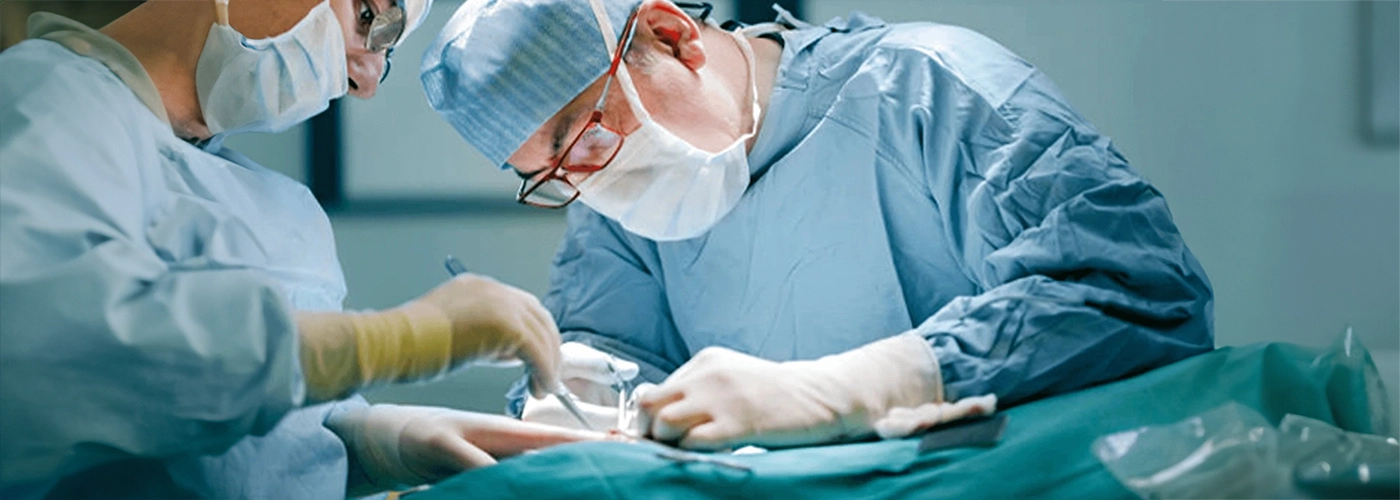
What is dressing?
A bandage called a “dressing” covers your surgical wound incision. To prevent skin infections, keep your dressing clean and dry. Not all surgical wounds need dressing. The purpose of the dressing is to:
Non-dissolvable stitches, clips and staples are usually removed between 5 and 21 days following an operation but depending on the type of operation you have had. Your doctor/nurse will notify you when and where the removal of stitches, clips or staples will be done following your discharge.
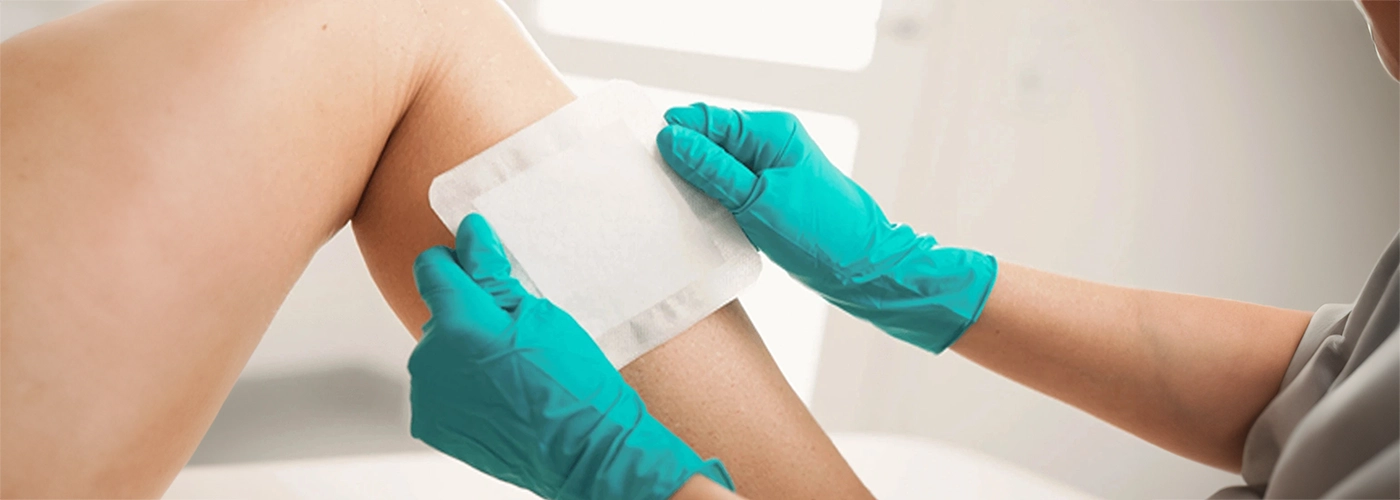
How to know if the wound has been infected?
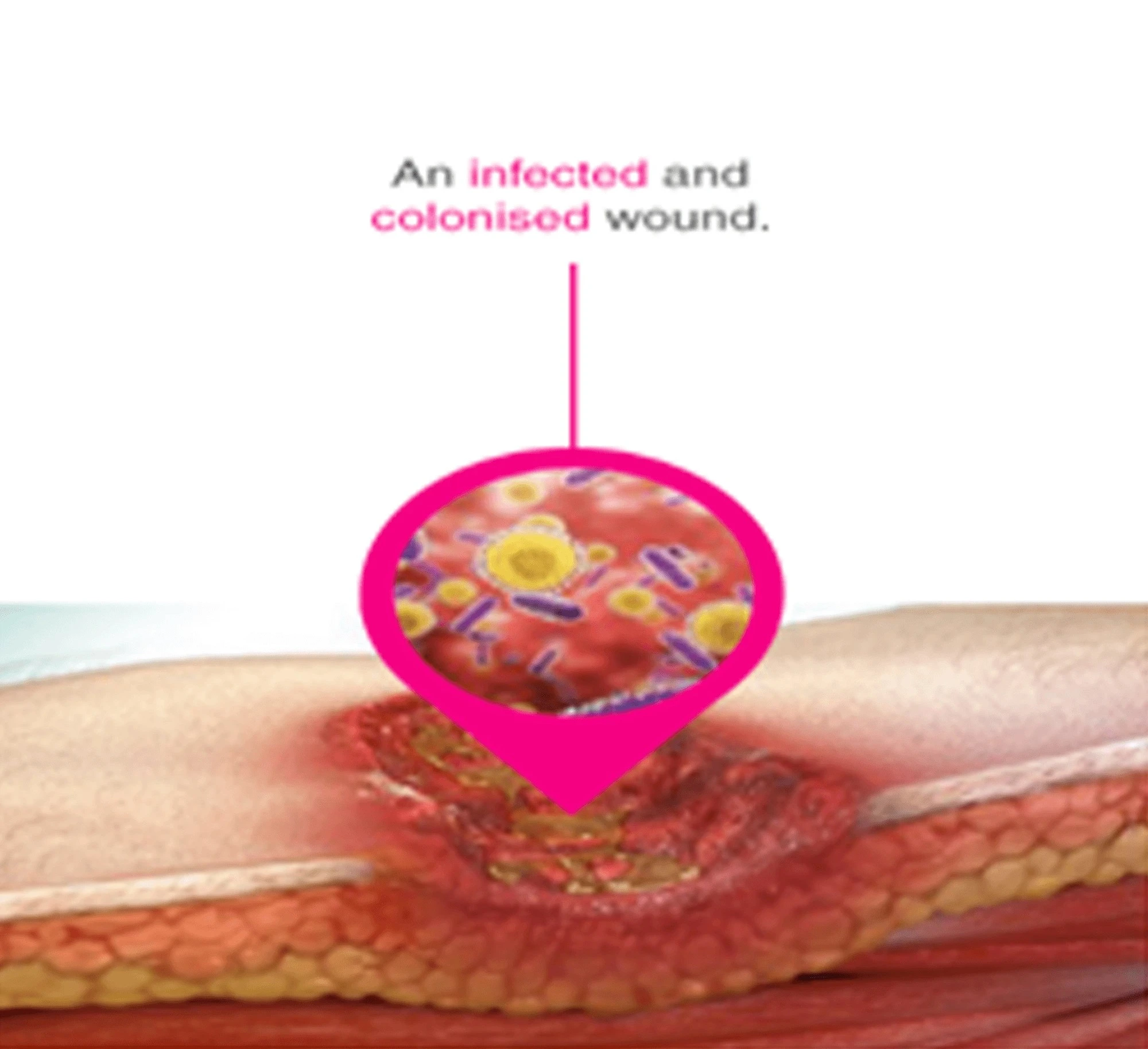 | 1. Become more painful |
| 2. Look red, swollen & feel warmer at the incision site | |
| 3. Show the presence of abnormal discharge in yellow, bleed or pus | |
| 4. Have an unpleasant smell | |
What should you do when your wound develops an infection? If you develop a high fever or notice any of the signs mentioned above or have any concerns about your wound, contact your doctor/nurse immediately. Wound infections can be treated successfully with early detection. If required, your doctor will refer you to the wound care team to manage your wound better. |
Caring for your wound
Most surgical wound heals without any problems. However, the most common complication after surgery is wound infection. This means that germs have started to grow in the wound, and this usually delays the normal wound healing process. Wound infections are usually treated by dressing the wound regularly and with a course of antibiotics. Sometimes, further surgery may be needed.
What should you know before surgery?
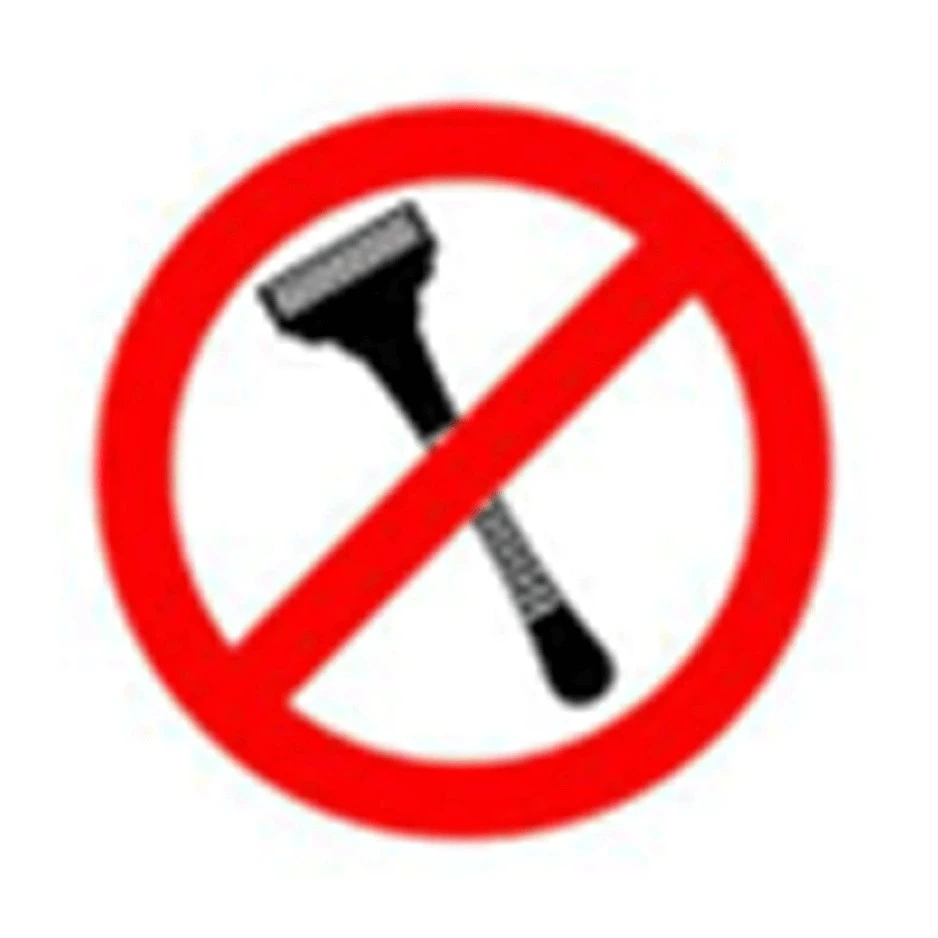 | 1. Skin preparation avoid using a shaver. Nurse will use hair clippers if shaving is needed prior to surgery. |
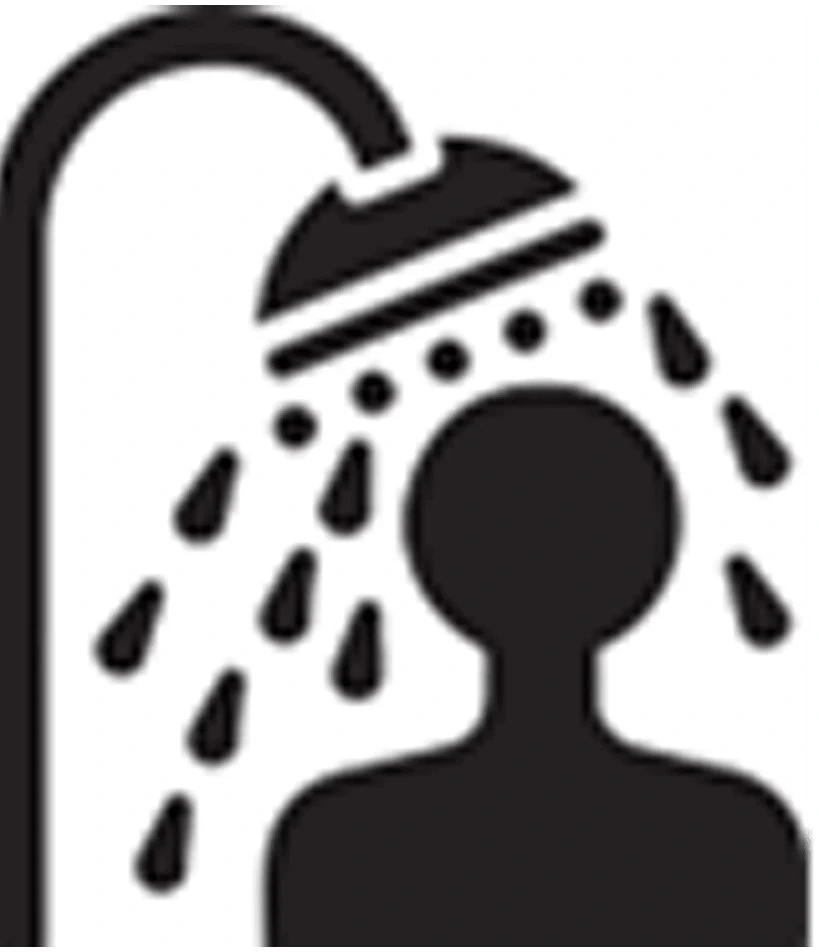 | 2. Shower with plain soap or an antiseptic soap on the night before and/or in the morning of the surgery. |
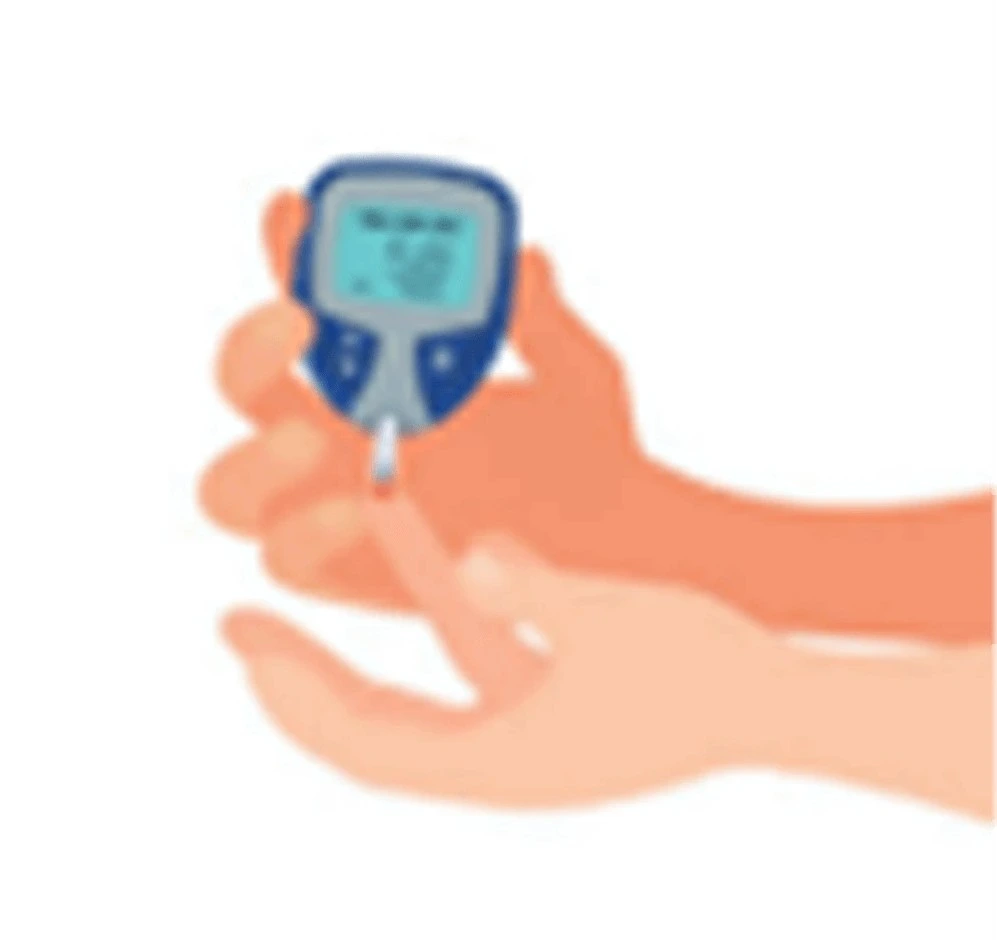 | 3. If you are a known diabetes, your glucose level should be at an optimal level before you are scheduled for surgery. |
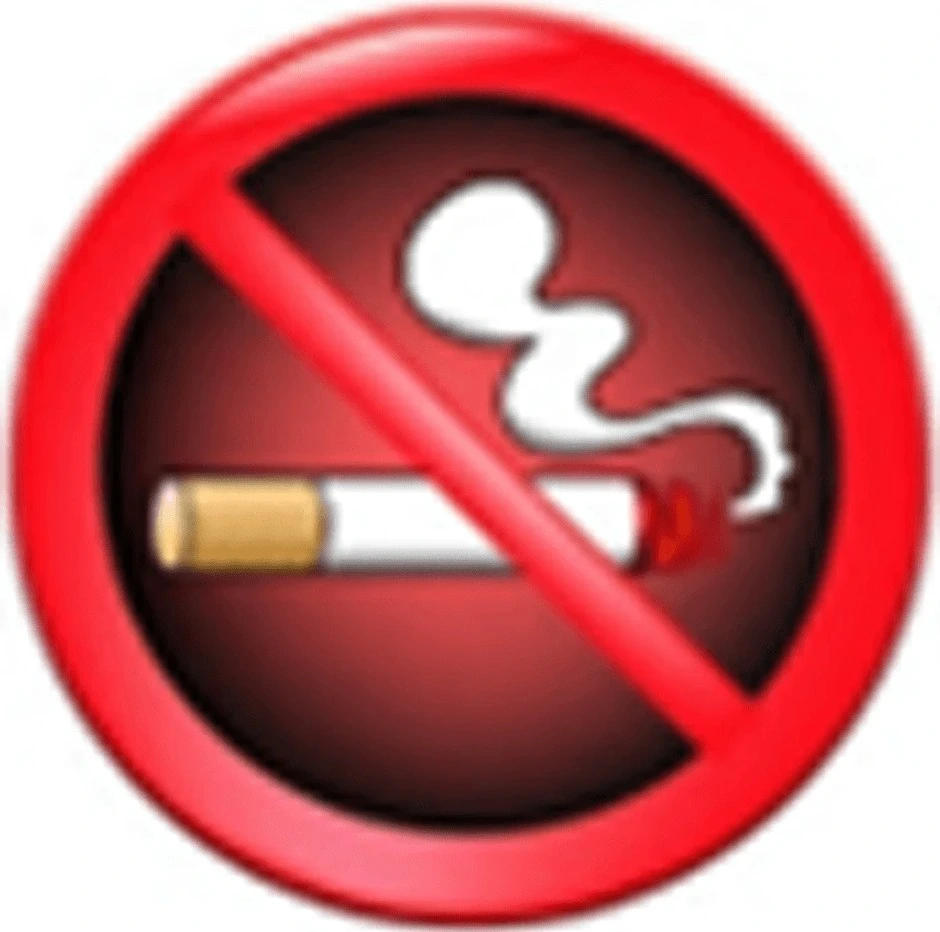 | 4. If you are a smoker, stop smoking at least 4 weeks before surgery or consult your doctor. |
What should you know after surgery?
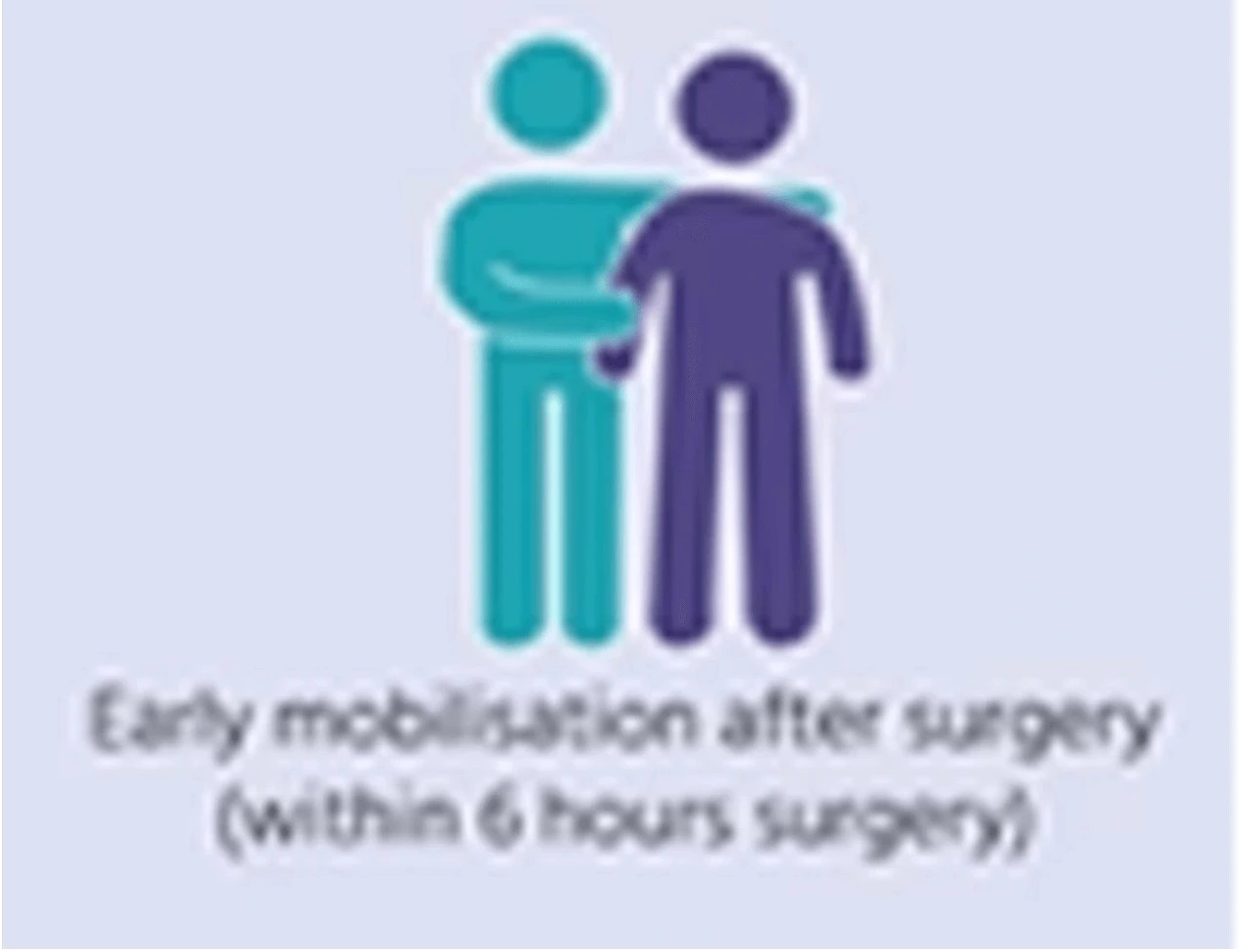 | 1. Early mobilization prevents complication. Your doctor/nurse will advise on your early ambulation after surgery. |
 | 2. The wound dressing should NOT be removed during the first 48 hours of surgery unless the dressing is soiled or wound is bleeding. |
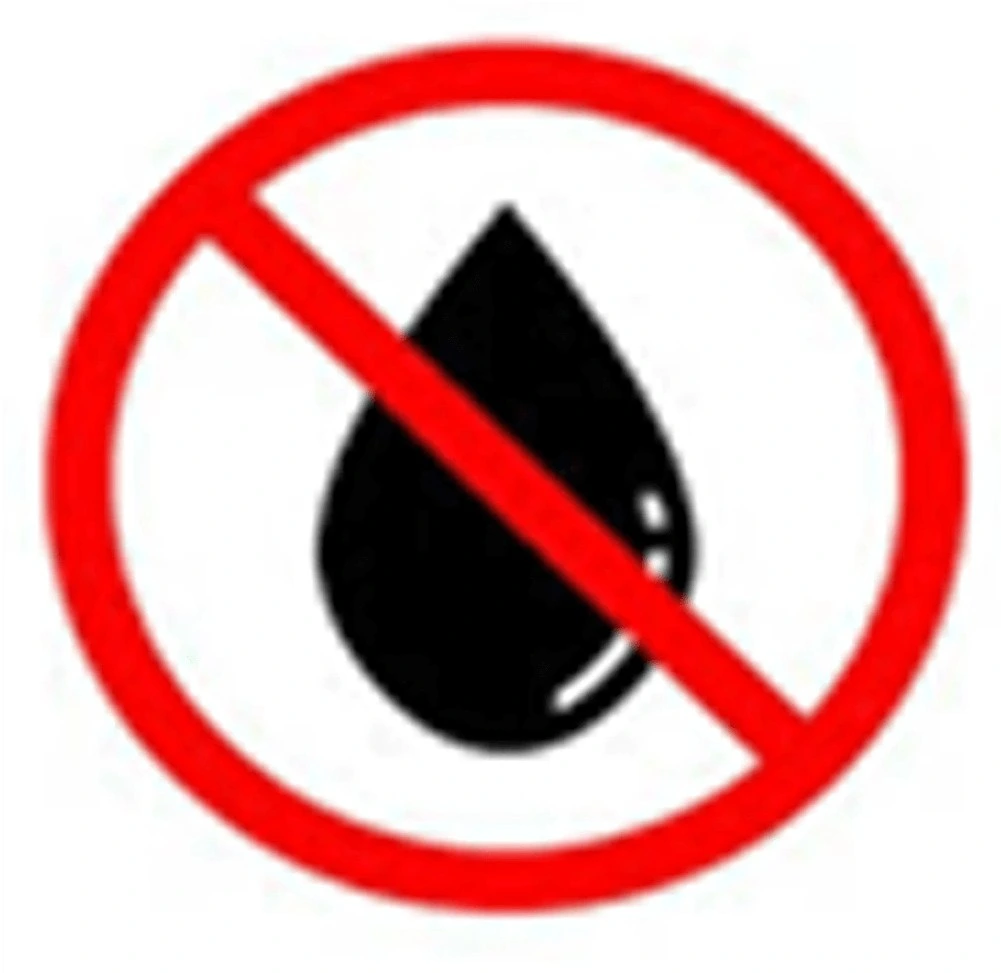 | 3. During the first 48 hours after surgery, the wound should not be in contact with water. |
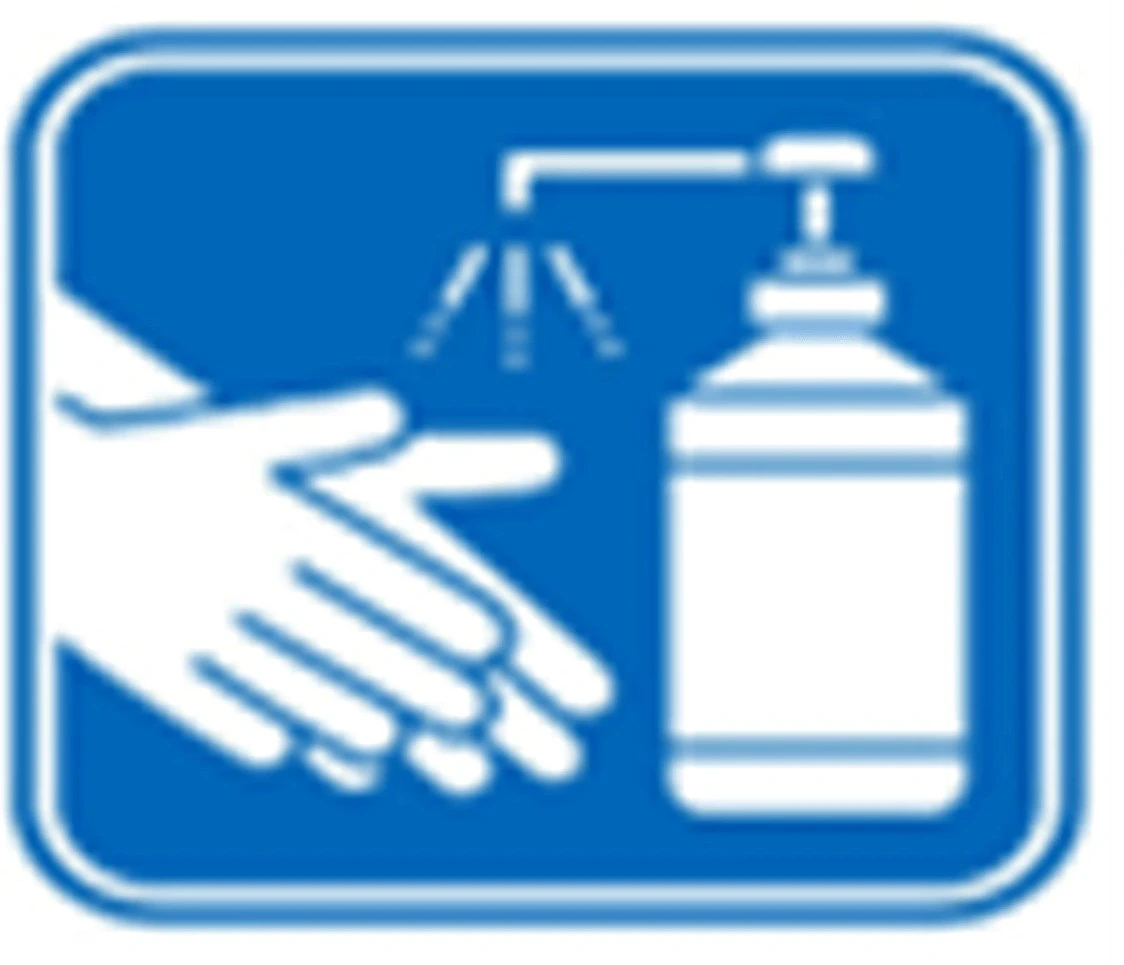 | 4. Your nurse/doctor should take special care when changing your dressing. Dressing is done aseptically. |
 | 5. Speak up if you do not see any healthcare staff cleaning their hands prior to touching your wound. |
Before discharge?

After discharge?

